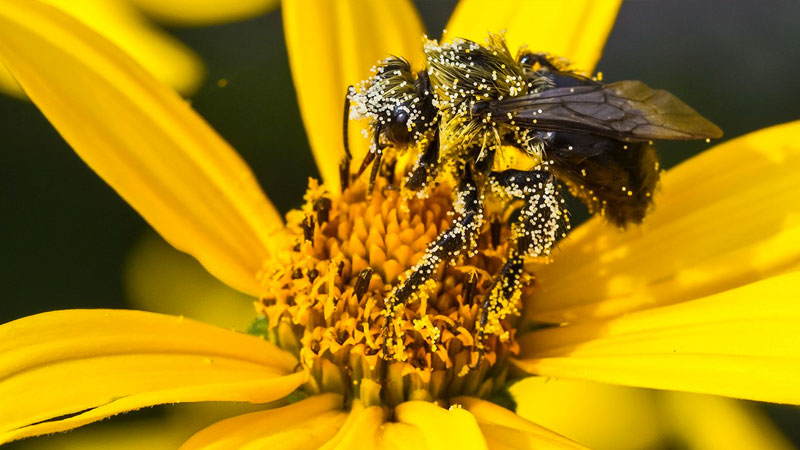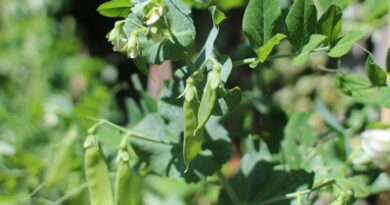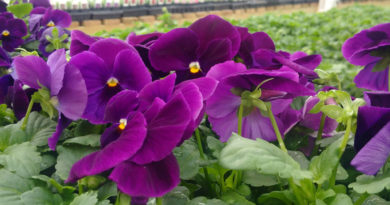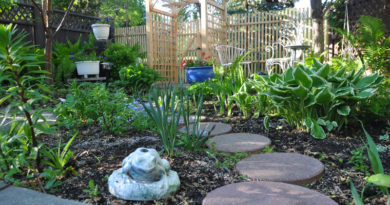Pollen Magic
Pollen is a wonderful, protein-rich particle, much prized by queen bees, but especially important to plant fertilization because it carries the male sperm of plants.

When a compatible pollen grain lands on the stigma of a flower – dropped there by a bee or blown by the wind – it sticks – foreign pollen falls off. And then the magic begins. Stimulated by a molecule that also pays a role in our own nervous system, the grain of pollen begins to grow a long slender tube that reaches down the style of the stigma to find the ovules in the ovary below.
Here it delivers the generative cell that will combine with the ovule and begin the process of developing a new plant. This molecule has only recently been discovered and is thought to have possible values to human spinal cord regeneration.
Not all plants reproduce this way, of course, but most of the flowering ones do.
Pollen is also prized by bees. A full colony of bees can collect 50,000 loads of pollen a day.
The bees pack the powder into granules, adding honey or nectar from honey sacs where it is then transported back to the hive.
Finally, an enzyme is added to prevent germination, metabolizing it for food, thus preserving the bee pollen benefit nutritionally.






